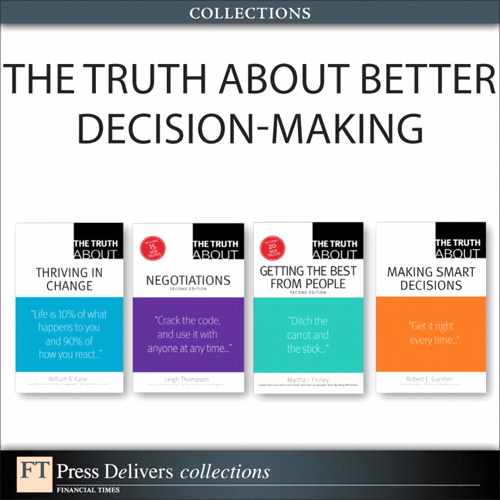Truth 48. Your title is manager; your job is teacher
As much as you may think or hope, sending your adolescent child to a sports camp for a couple weeks doesn't necessarily mean that he or she will be the next Michael Jordan or Billie Jean King.
This same principle holds true at work.
As a manager, you have a vested interest in enhanced employee proficiency and shared learning. These are prerequisites for the production of high-quality products and services. When all team members are skilled and qualified in the activities and processes they're required to perform, there will be fewer errors/corrections, higher productivity, and greater employee satisfaction/morale.
Your challenge in this regard is twofold: to determine whom to invest in and how much.
Your challenge in this regard is twofold: to determine whom to invest in and how much.
Start by selecting the "right" people to develop.
Within your organization, there are people dedicated to the customer. They have a results-orientation. They're technically competent and have a high aptitude for learning. Their attributes include enthusiasm, a desire to make a difference, commitment, and the highest standards for excellence. They're your best performers. They welcome "stretch" objectives. These are the employees—your "A" players, who deserve your time and attention.
How do you invest in these people?
First, consider the learning methodology preferred by the individual. People learn and become motivated in different ways—including seeing and reading; listening and speaking; and touching and doing. Work with each individual to determine his strength and maximize the opportunity for learning accordingly. For example, kinesthetic learners favor special projects, committee involvement, job sharing, job rotation, shadowing, simulations and modeling, and role-playing. On the other hand, visual learners prefer independent learning, case studies, classroom experience, observation, learning maps, study sabbaticals, and white papers.
Second, share and apply the learning.
Comedian Sam Levenson once stated, "You must learn from the mistakes of others. You can't possibly live long enough to make them all yourself."
Case in point, Tom Watson, Sr., IBM's founder, handled a promising executive's failed business gamble not by firing him but by suggesting that the company had just invested $10 million—the cost of his business blunder—in his education. Watson understood that experience is the best teacher and that individual and collective learning may be derived from failure and success alike.
Third, learn how to teach.
Legendary UCLA basketball coach John Wooden has a wonderful sign over his desk that reads, "It's what you learn after you know it all that counts."
Quite an instructor in his own right, Wooden pushed hard and demanded the most. He boiled teaching down to four basic components that are universal in application:
- Demonstration— This is providing someone with a pragmatic example to follow. Be it how to bank a 15-foot jumper or how to make a sales cold call, followers are shown or told of the proper technique to execute their responsibilities. For this step to have maximum effectiveness, leaders must provide rationale, tools, and related resources.
- Imitation— This involves initial trial, trying to reproduce and apply what has been demonstrated.
- Correction— This entails enhanced trial, with the goal of eliminating deviations.
- Repetition— This requires performing the task over and over, striving for quality and perfection with each attempt.
These four components may be used for teaching basketball, the alphabet, skilled carpentry, and finance. Use them, embrace them, and share them.
Fourth, provide appropriate encouragement.
In a recent interview, former New York Giant quarterback Phil Simms touched on the topic of encouragement. It seemed Phil was taking the field before a big game, feeling some anticipatory jitters—which became amplified as his fiery coach, Bill Parcells, approached him.
However, rather than the coach badgering Phil of his day's "to-do's," Parcells told Phil that if he did not throw at least a couple of interceptions, he would not be trying hard enough.
That comment broke the tension, instilled confidence, and provided encouragement for Simms to put forth the needed effort.
